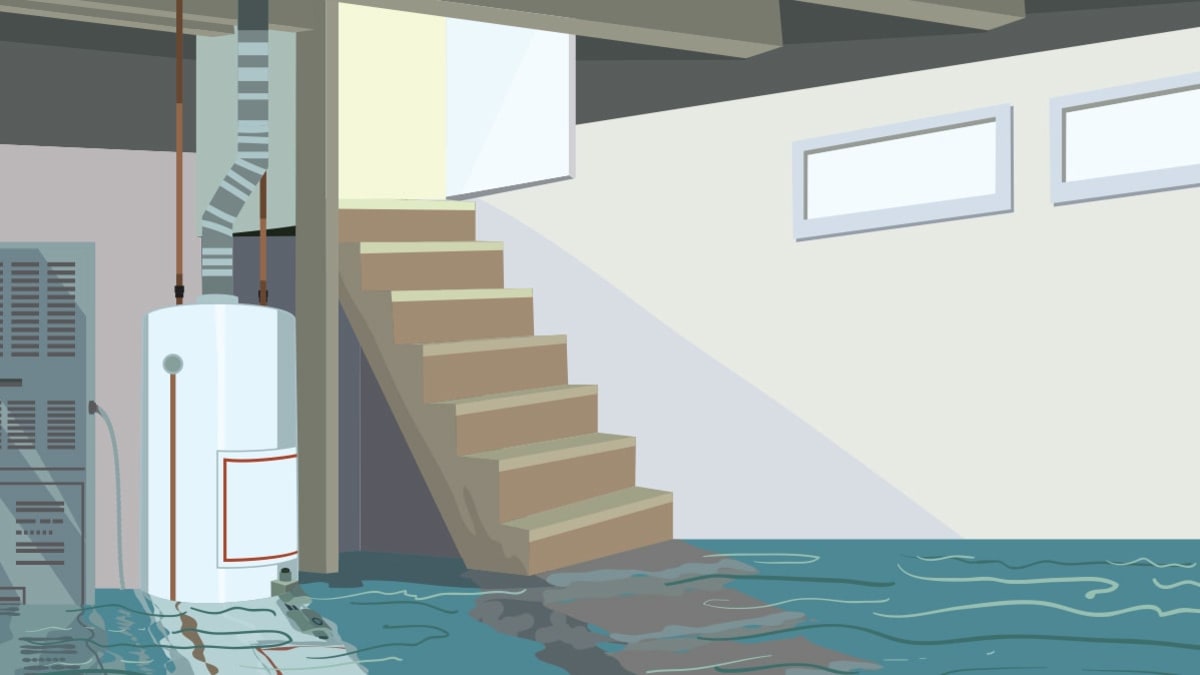If you are attempting your own cleanup, the EPA recommends that you wear the right gear. While you don’t have to wear a complete hazmat suit, you should cover your eyes, nose, and hands when attempting mold remediation. You should also wear a long-sleeved shirt and long pants, and work shoes. Here’s how to limit your exposure to mold and mold spores.
Wear a respirator. A dust mask or handkerchief will not protect you because mold can pass through it. Instead, use an N-95 respirator, available at many hardware stores and online. (They cost about $12 to $25.) Some N-95 respirators resemble a paper dust mask with a nozzle on the front; others are made primarily of plastic or rubber and have removable cartridges that prevent mold spores from entering. To be effective, the respirator or mask must fit properly, so carefully follow the instructions that come with it.
Wear goggles. To avoid getting mold or mold spores in your eyes, wear goggles that do not have ventilation holes.
Wear gloves. Avoid touching mold or moldy items with your bare hands. Long gloves that extend to the middle of the forearm are recommended. When working with water and a mild detergent, you can use ordinary household rubber gloves. If you are using a disinfectant, a biocide such as chlorine bleach, or a strong cleaning solution, you should select gloves made from natural rubber, neoprene, nitrile, polyurethane, or PVC.
When you’re done, there should be no visible mold and no moldy odors, although there may be some collateral staining and cosmetic damage. Once the area is clean and dry, you can paint over that.
Source link
